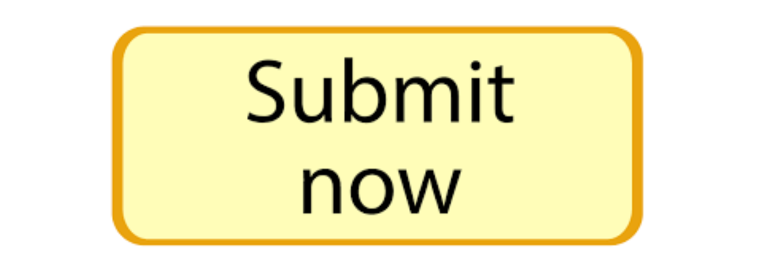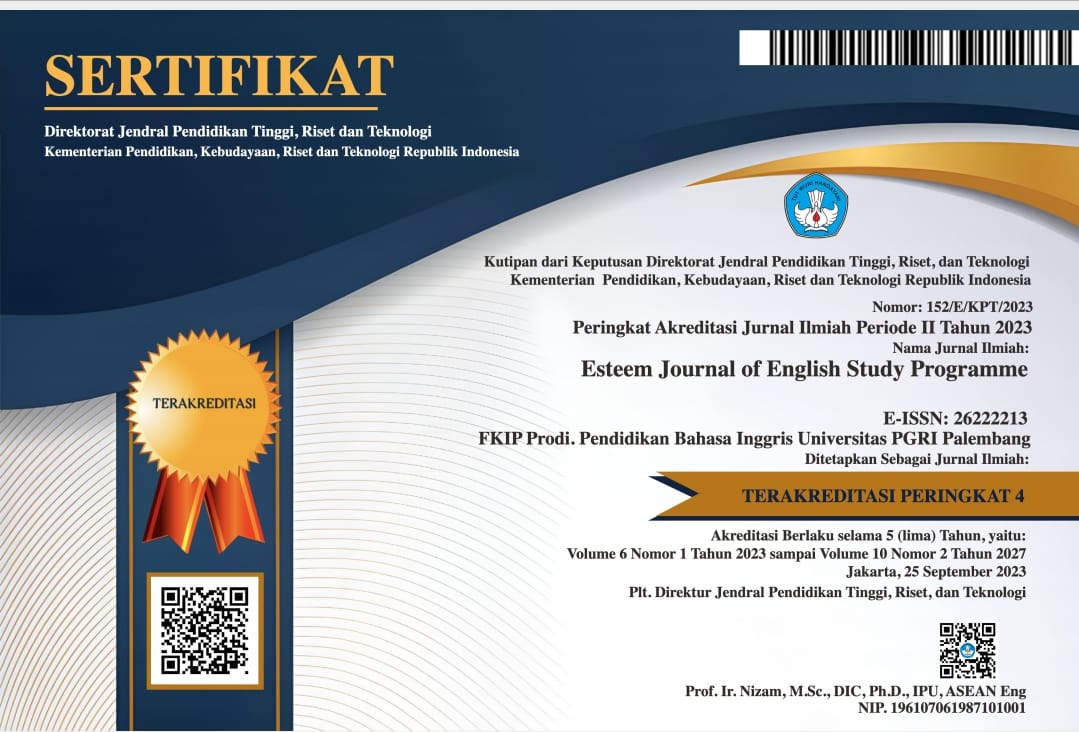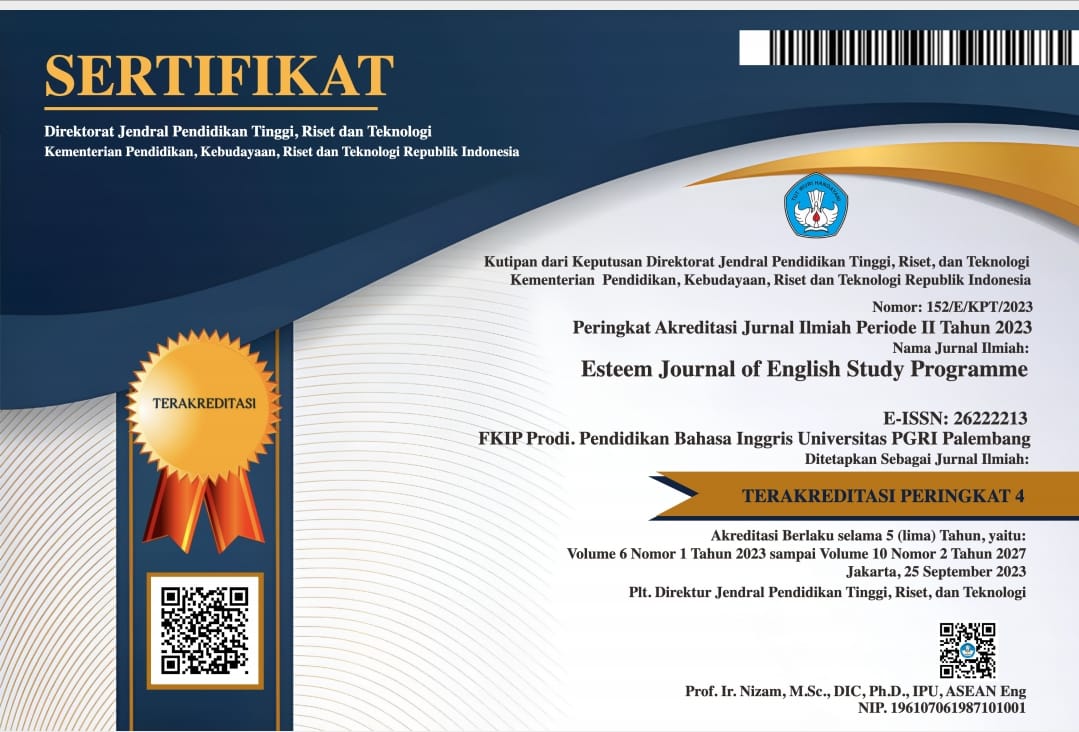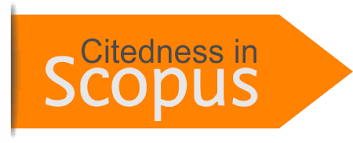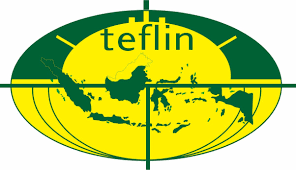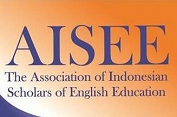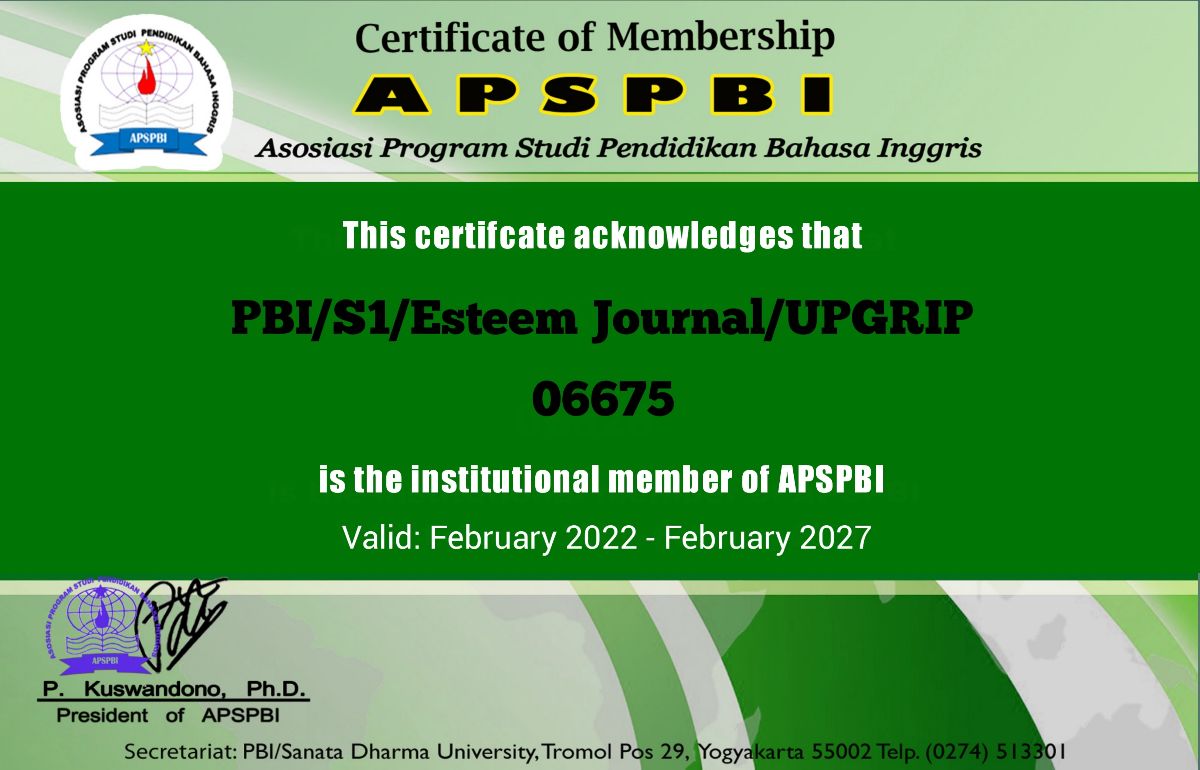SYSTEMATIC LITERATURE REVIEW: METAPHOR, PROTOTYPE, AND MEANING ANALYSIS IN COGNITIVE LINGUISTIC STUDIES
DOI:
https://doi.org/10.31851/esteem.v8i1.18021Keywords:
Cognitive Linguistics, Metaphor, Prototype, Meaning AnalysisAbstract
This study aims to compile a systematic review of the use of metaphors, prototypes, and meaning analysis within the scope of cognitive linguistics through a Systematic Literature Review (SLR) approach. Cognitive linguistics is a branch of linguistics that examines the relationship between language, thought, and human experience. This field focuses on three key concepts: conceptual metaphor, prototype structure, and the dynamics of meaning analysis. This review involves analyzing relevant literature, including journal articles, books, and research reports, to identify patterns, trends, and gaps in previous studies. The findings indicate that conceptual metaphors play a crucial role in representing human experience, while prototype theory provides insights into conceptual categories and meaning perception. Furthermore, meaning analysis within cognitive linguistics tends to be interdisciplinary, involving cognitive psychology, anthropology, and computer science. This study also highlights that the integration of digital technology in cognitive linguistic analysis presents new opportunities for developing more accurate methods. Overall, this research provides a comprehensive mapping of current literature and offers recommendations for future research directions, particularly in applying cognitive linguistics to understand language and cultural phenomena.
References
Antunano, I. I. (2004). What's Cognitive Linguistics.
Chaer, A. (2008). General linguistics. PT. Rineka Cipta.
Chubaryan, A., & Vardanyan, M. (2024). Exploring the Cognitive Dimensions of Language Acquisition. Armenian Folia Anglistika, 20(1 (29)), 13-24. https://doi.org/10.46991/AFA/2024.20.1.13
Dash, B. B. (2022). Digital Tools for Teaching and Learning English Language in 21 st Century. International Journal Of English and Studies, 4(2), 8–13. http://dx.doi.org/10.47311/IJOES.2022.4202
Divjak, D., Levshina, N., & Klavan, J. (2016). "Cognitive Linguistics: Looking back, looking forward." Cognitive Linguistics, 27(4), 447-463. https://doi.org/10.1515/cog-2016- 0095
Elika, N., & Nurhayati, N. (2024). Javanese script conceptual metaphors in Serat Centhini: A cognitive linguistic study. Diglosia: Journal of Language, Literature, and Teaching Studies, 7(3), 431--444. https://alfianunmul.com/diglosiacadangan/index.php/diglosia/article/view/1038
Evans, Vyvyans. (2007). A glossary of cognitive linguistics. Edinburgh University Press.
Fadilah, I. A., Jaya, A., & Uzer, Y. (2023). Visual Representation and Comprehension: the Exploration of Multimodal Text To Energize Reading of the Tenth Grade Students’ At State Vocational High School 5 of Palembang. Esteem Journal of English Education Study Programme, 6(1), 125–130. https://doi.org/10.31851/esteem.v6i1.10226
Geeraterts, D. (2016). Prospects and problems of prototype theory. Diacronia, 3(1), 1-16.
Haula, B. (2020). Conceptual metaphors in kontan.co.id news headlines: a cognitive linguistic study. Suar Betang, 15(1), 15-23. http://suarbetang.kemdikbud.go.id/journal/index.php/BETANG/article/view/118
Izzati, N. (2023). The metaphorical meaning of the word mizu in idioms: A study Cognitive Linguistics. Hirameki, 1(2), 64-70. https://hirameki.ejournal.unri.ac.id/index.php/hirameki/article/down load/123/48
Kushartanti, U. Y. and M. Lauder. (2010). The charm of language. Gramedia.
Lakoff, & Johnson. (1980). Metaphor and Methonymy in Comparison and Contrast. Mouton de Gruyter.
Langacker, R. W. (Ed.). (2013). Essentials of Cognitive Grammar. Oxford University Press.
Lee, D. (2005). Cognitive linguistics: An introduction (repr). Oxford Univ. Press.
Masthuroh, S. (2020). Conceptualization of drug metaphors: A Cognitive Linguistic Study. Skripta Journal, 6(1), 25-32. http://journal.upy.ac.id/index.php/skripta/article/view/646
Nahdliyah, L. (2019). A Cognitive Linguistic Study: Perception Of The Word 'Loyal'. Jurnal UPGRIS 159-168. https://conference.upgris.ac.id/ind ex.php/snl/article/view/789
Nasrullah, R. (2020). Metaphore in Slank Song Lyrics with Social Criticism Theme: A Cognitive Linguistic Study. Metabasa, 2(1), 18-29. https://jurnal.unsil.ac.id/index.php/mbsi/article/view/1803
Nisa, N. (2018). Cognitive linguistics in Japanese metaphor, metonymy and synecdoche. Diglossia: Journal of Scientific Studies of Language, and Teaching, 10(1), 25-30. http://journal.unipdu.ac.id/index.p hp/diglosia/article/view/1453
Prasetyo, L., Abbas, A., & Benu, N. (2022). The Prototype of 'Buddhist Religious Instructor' Linguistic Study (Prototype of "Buddhist religious counselor": A Cognitive Linguistics Study). Uniqbu Journal of Social, 3(1), 129-144. http://ejournal- uniqbu.ac.id/index.php/ujss/article/view/182
Putri, A. D., Jaya, A., & Marleni, M. (2023). Exploring the Students’ Speaking Ability Based on Their Different Personalities. Esteem Journal of English Education Study Programme, 6(1), 10–16. https://doi.org/10.31851/esteem.v6i1.10203
Rahmasari, N., & Subiyanto, A. (2022). Mind maps in metaphorical expressions about the Covid-19 Pandemic in news texts: A Cognitive Linguistic Study. Humanika, 29(2), 216-230. https://ejournal.undip.ac.id/index. php/humanika/article/view/46451
Riani, R. W. (2019). Analysis of the meaning of the words hana and bunga as polysemy (Cognitive Linguistics Study). Philosophica: Journal of Language, Literature, and Culture, 2(1), 24-32. https://jurnal.unw.ac.id/index.php/philosophica/article/view/237/20 2
Rosch, E. (1975). "Human categorization" in Warren (ed.) Studies in Cross Linguistic Psychology. Academic Press.
Santoso, T., & Riani, R. (2019). The metaphorical meaning of idioms (kanyouku) in the eye element (me): A Cognitive Linguistic Study. Journal ofJapanese Language Education, 3(1), 35-55. https://journal.umy.ac.id/index.ph p/jjlel/article/view/6275
Sukarsih, N. (2018). From conceptual metaphor to blending: a hypothesis of conceptual integration at the cognitive linguistic level. From Conceptual Metaphors Towards Blending: A Conceptual Integration Hypothesis at The Cognitive Linguistic Level. Jurnal Undhirabali, 1, 437-442.https://jurnal.undhirabali.ac.id/ind ex.php/synthesis/article/view/513
Sulhiyah, S. (2018). Analysis of the meaning of the words enak and kuchi as polysemy (Cognitive Linguistics Study). Philosophica: Journal of Language, Literature, and Culture, 1(1), 43-51. https://jurnal.unw.ac.id/index.php/philosophica/article/view/150
Suprayogi, Y., Luckyardi, S., Kurnia, D., & Khairusy, M. A. (2024). Linguistic Technopreneurship in Business Success Digitalization for Small Medium Enterprises in West Java: Implication for Language Education. International Journal of Language Education, 8(2), 343–358. https://doi.org/10.26858/ijole.v8i2.64117
Tasliati, T. (2020). The semantics of stealing word prototypes in Indonesian: a Cognitive Linguistic analysis. Genta Bahtera: Scientific Journal, Query date: 2024-12-16 20:35:23. https://gentabahtera.kemdikbud.go.id/index.php/gentabahtera/article/view/109
Tsohatsidis, S. (1990). Meanings and prototypes: studies in linguistic categorization.
Ungerer, F., & Schmid, H.J. (1996). An introduction to cognitive linguistics. Longman.
Wang, Y., & Berwick, R. C. (2012). On formal models for cognitive linguistics. 2012 IEEE 11th International Conference on Cognitive Informatics and Cognitive Computing, 7-17. https://doi.org/10.1109/ICCI- CC.2012.6311169
Wicaksono, M., & Nurhadi, D. (2023). Analysis Of The Figurative Meaning Of Limb Idioms In Anime Saiki Kusuo Season 1 Linguistic Studies. Kognitive. Ejournal Unesa, 7(2), 238-248. https://ejournal.unesa.ac.id/index.p hp/hikari/article/view/56663/4450 9
Zakiyah, M. (2018). Prototype of Ideal Mother: A Cognitive Linguistic Study. 1. oldjournal.iainsurakarta.ac.id. https://oldjournal.iainsurakarta.ac.i d/index.php/buana- gender/article/view/1229
Downloads
Published
Issue
Section
License
Copyright (c) 2025 Mufidah Nur Amalia

This work is licensed under a Creative Commons Attribution-NonCommercial-ShareAlike 4.0 International License.
Copyright Notice
Authors who publish with this journal agree to the following terms:
In order to assure the highest standards for published articles, a peer review policy is applied. In pursue of the compliance with academic standards, all parties involved in the publishing process (the authors, the editors and the editorial board and the reviewers) agree to meet the responsibilities stated below in accordance to the Journal publication ethics and malpractice statement.
Duties of Authors:
- The author(s) warrant that the submitted article is an original work, which has not been previously published, and that they have obtained an agreement from any co-author(s) prior to the manuscript’s submission;
- The author(s) should not submit articles describing essentially the same research to more than one journal;
- The authors(s) make certain that the manuscript meets the terms of the Manuscript Submission Guideline regarding appropriate academic citation and that no copyright infringement occurs;
- The authors(s) should inform the editors about any conflict of interests and report any errors they subsequently, discover in their manuscript.
Duties of Editors and the Editorial Board:
- The editors, together with the editorial board, are responsible for deciding upon the publication or rejection of the submitted manuscripts based only on their originality, significance, and relevance to the domains of the journal;
- The editors evaluate the manuscripts compliance with academic criteria, the domains of the journal and the guidelines;
- The editors must at all times respect the confidentiality of any information pertaining to the submitted manuscripts;
- The editors assign the review of each manuscript to two reviewers chosen according to their domains of expertise. The editors must take into account any conflict of interest reported by the authors and the reviewers.
- The editors must ensure that the comments and recommendations of the reviewers are sent to the author(s) in due time and that the manuscripts are returned to the editors, who take the final decision to publish them or not.
Authors are permitted and encouraged to post online a pre-publication manuscript (but not the Publisher final formatted PDF version of the Work) in institutional repositories or on their Websites prior to and during the submission process, as it can lead to productive exchanges, as well as earlier and greater citation of published work (see The Effect of Open Access). Any such posting made before acceptance and publication of the Work shall be updated upon publication to include a reference to the Publisher-assigned DOI (Digital Object Identifier) and a link to the online abstract for the final published Work in the Journal.




